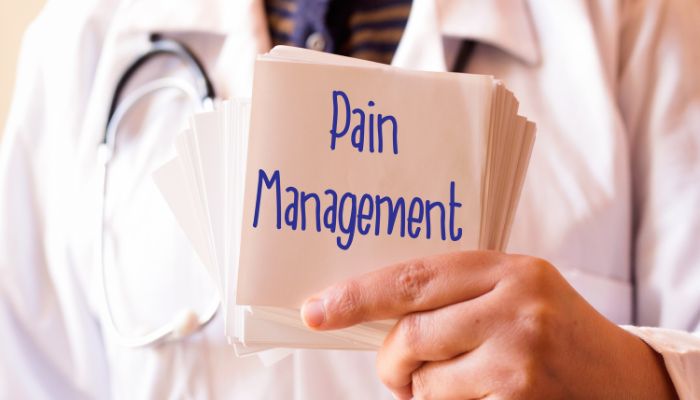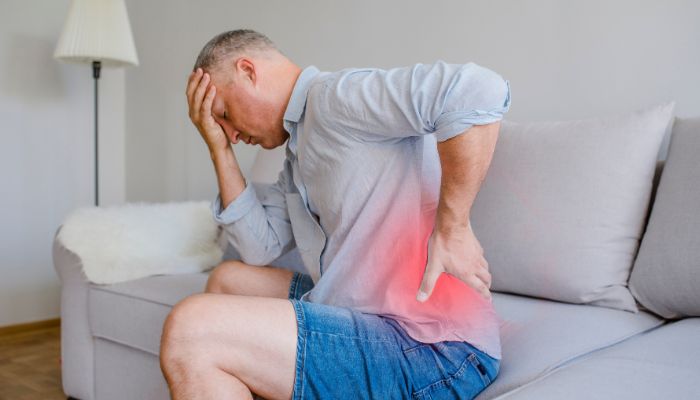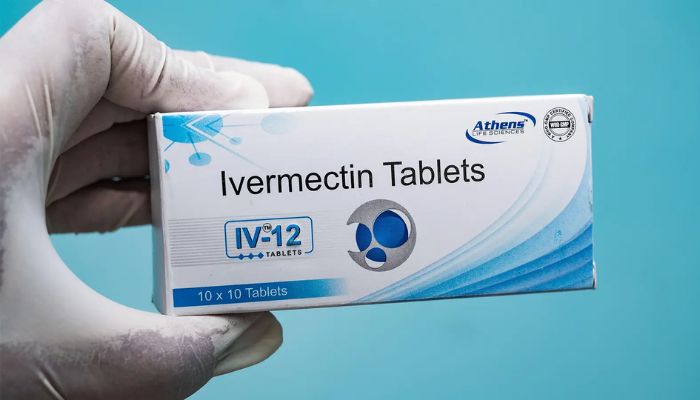
Shingles Pain Management
Shingles, medically known as herpes zoster, is a reactivation of the varicella-zoster virus, the same virus that causes chickenpox. This condition results in a painful rash typically appearing on one side of the body, accompanied by severe pain and discomfort. Effective shingles pain management is crucial, as the nerve pain associated with shingles can be intense and long-lasting.
Understanding Shingles Pain
The shingles rash is often accompanied by burning, tingling, or shooting pain that can persist for weeks or even months. This pain occurs because the virus affects the nerves, leading to inflammation associated pain, and muscle pain. In many cases, the painful rash begins as early symptoms before the visible rash develops. Shingles pain can be excruciating, and without proper pain relief, it can significantly impact a person’s quality of life.
One of the most common complications of shingles is postherpetic neuralgia, which refers to persistent nerve pain that continues after the rash has healed. This condition can last for months or even years and is the most common complication of shingles, especially in older adults or individuals with a weak immune system.
Early Treatment for Shingles
Early treatment is key to reducing the severity of shingles pain. Starting antiviral medications within 72 hours of the shingles rash appearing can help reduce the duration of the infection and prevent the development of complications from shingles treated like postherpetic neuralgia. Antiviral medications work by slowing the replication of the virus, allowing the body’s immune system to respond more effectively and reduce the impact on the nerves.
Alongside antiviral medications, pain relievers such medication such as nonsteroidal anti-inflammatory drugs (NSAIDs) can help manage shingles pain. These medications reduce inflammation and provide relief from burning pain and discomfort. However, it’s important to consult with a healthcare provider to determine the appropriate medications based on your specific condition.

Shingles Pain Management Strategies
Managing shingles pain involves a combination of medications, topical treatments, and lifestyle adjustments. Below are several options that may help alleviate or prevent shingles’ pain:
- Topical Treatments: Applying capsaicin cream or lidocaine patches to the affected area can help numb the pain. Capsaicin cream works by reducing the nerve’s ability to transmit pain signals, while lidocaine helps block the pain at the site of the rash.
- Oatmeal Baths: Soothing oatmeal baths can help reduce itching and irritation from the shingles rash. These baths are especially helpful in preventing further skin infections and calming the inflamed skin.
- Wet Compresses: Applying wet compresses to the rash can provide pain relief and help soothe the painful and irritated skin. Cold compresses, in particular, can ease the sensation of burning or itching.
- Tricyclic Antidepressants: In some cases, tricyclic antidepressants are prescribed to help manage nerve pain associated with shingles. These medications help alter the brain’s perception of pain, offering relief from postherpetic neuralgia.
- Pain Relievers: Over-the-counter or prescription pain relievers such as ibuprofen, acetaminophen, or stronger prescription drugs can help reduce shingles pain. A healthcare professional can recommend the best option based on the severity of the pain.
Shingles can also increase the risk of other complications, particularly for those with other health conditions or weakened immune systems. The increased risk of developing severe shingles symptoms can lead to further pain and challenges in management of skin infection. Therefore, getting the right treatment early on is crucial for managing the condition.
Monitoring and Managing Symptoms
While home remedies and topical treatments provide some relief, it’s essential to stay in close contact with your doctor or healthcare provider during a shingles outbreak. Monitoring your symptoms and reporting any unusual side effects or worsening pain can help prevent complications. Additionally, practicing good hygiene and keeping the rash clean and dry can help prevent secondary skin infections and promote healing.
Advanced Shingles Pain Management Strategies
For those experiencing severe pain from shingles, particularly when the pain persists even after the rash heals, more advanced pain management strategies may be necessary. Below are several additional methods that can help with long-term relief and prevention of complications from shingles feel like postherpetic neuralgia.
- Prescription Medications: Beyond over-the-counter pain relievers, doctors may prescribe more potent medications such as anticonvulsants, like gabapentin or pregabalin, which are used to treat nerve pain. These drugs can be particularly effective in managing the chronic pain associated with postherpetic neuralgia, helping to reduce the burning pain and discomfort that lingers after the shingles rash resolves.
- Tricyclic Antidepressants: As mentioned in part 1, tricyclic antidepressants can also be prescribed for shingles pain management. These medications work by altering the way the brain processes pain signals, making them highly effective for those suffering from postherpetic neuralgia. While these medications are often used for depression, their benefits in pain reduction make them a valuable part of shingles treatment.
- Nerve Blocks: For individuals experiencing intense pain that doesn’t respond to conventional treatment, nerve blocks may be considered. This procedure involves injecting an anesthetic directly into the nerves affected by the shingles virus, providing temporary relief from nerve pain. Nerve blocks can be particularly useful in cases where the pain is localized to a specific area and unresponsive to other treatments.
- Spinal Cord Stimulation: In rare and severe cases of shingles pain, spinal cord stimulation may be an option. This therapy involves placing a small device near the spinal cord that sends electrical impulses to block the pain signals from reaching the brain. While it is typically reserved for chronic pain conditions, spinal cord stimulation can offer relief for those with debilitating postherpetic neuralgia.
- Capsaicin Patches: For targeted pain relief, some individuals benefit from capsaicin patches. These high-dose patches deliver concentrated capsaicin, which can significantly reduce pain signals when applied to the affected area. This treatment is often recommended for those experiencing shingles pain in a small, localized area. However, because it can cause a burning sensation, a healthcare professional should apply it.
- Complementary Therapies: Alternative approaches like acupuncture and physical therapy can complement traditional medical treatments. Acupuncture, for example, may help improve blood flow and reduce nerve pain, while physical therapy can address any lingering muscle pain and mobility issues resulting from shingles.

Preventing Further Complications
Managing shingles pain goes beyond immediate relief—it’s also about preventing the complications that can arise from improper care. Postherpetic neuralgia remains the most common complication of shingles, and addressing this condition early is key to preventing chronic pain.
- Avoid Skin Infections: Keeping the shingles rash clean and dry is critical in preventing secondary skin infections. Using mild cleansers and applying topical treatments like capsaicin cream or calamine lotion can help soothe the skin and reduce the risk of infection. If signs of infection appear, such as increased redness or discharge from the blisters, consult a healthcare provider immediately.
- Strengthen the Immune System: A weakened immune system increases the likelihood of developing more severe shingles symptoms and prolonging the healing process. Maintaining a healthy diet, staying hydrated, and incorporating gentle exercises can help strengthen the immune system and reduce the risk of complications.
Incorporating Ivermectin into Shingles Pain Management
In addition to traditional treatments like antiviral medications, pain relievers, and topical treatments, some individuals are exploring the use of ivermectin as part of their shingles pain management strategy. Although ivermectin is primarily known as an antiparasitic drug, emerging research suggests it may also have antiviral properties that could potentially help manage symptoms of shingles, particularly in reducing the nerve pain and discomfort associated with the shingles rash.
By potentially limiting the replication of the varicella zoster virus, ivermectin might offer an additional layer of support in managing shingles pain. For those experiencing severe symptoms or who haven’t found relief with conventional treatments, incorporating ivermectin could be a viable option to discuss with a healthcare professional. However, it’s crucial to consult your doctor before starting ivermectin, as its effectiveness in treating shingles is still being studied and the medicine should be used under medical supervision.
This additional treatment option can be particularly helpful for individuals at greater risk of complications due to a weak immune system or those experiencing prolonged symptoms such as postherpetic neuralgia. In combination with other pain management strategies, ivermectin may help to further reduce the duration and intensity of shingles outbreaks, providing relief when other medications fall short of reducing pain further.
Conclusion
Managing shingles pain effectively requires a combination of treatments, including antiviral medications, pain relievers, and various topical treatments. From basic home remedies like wet compresses and oatmeal baths to more advanced options like nerve blocks and spinal cord stimulation, there are a range of solutions available to help reduce shingles-related discomfort. Shingles pain management not only focuses on alleviating painful symptoms but also on preventing complications like postherpetic neuralgia, making it essential get shingles, to seek timely medical care and explore all available treatment options. If you’re suffering from shingles, it’s vital to work closely with your healthcare provider to find the best treatment plan to ease your pain and promote healing.
